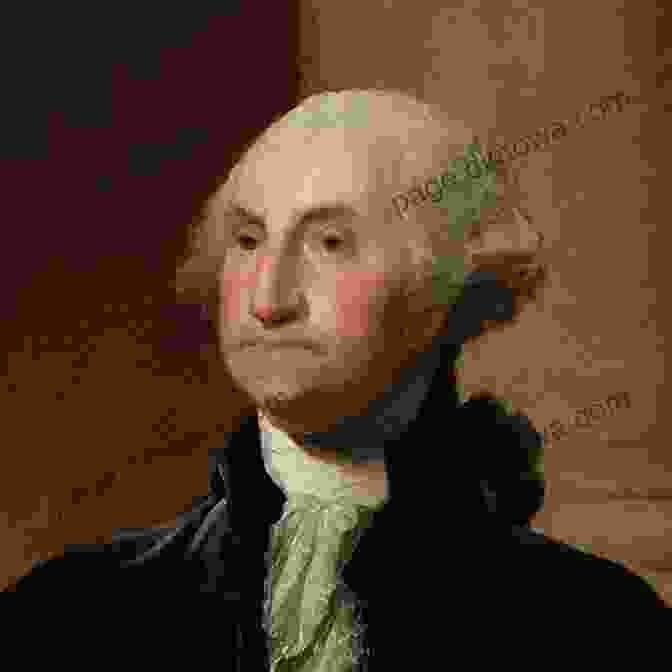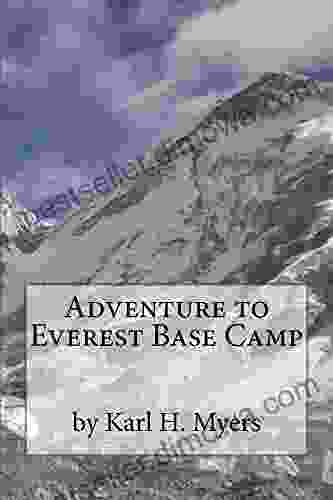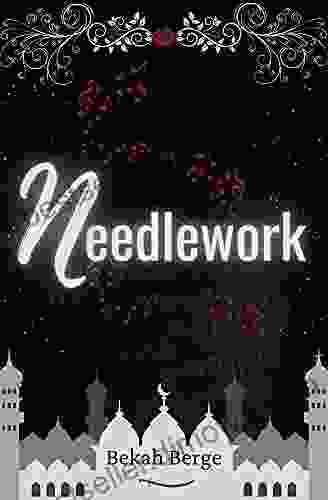Mathematics In Middle And Secondary School Na: The Ultimate Guide for Educators

Mathematics is a fundamental subject that plays a vital role in shaping our understanding of the world around us. It provides us with the tools to solve problems, make informed decisions, and appreciate the beauty of patterns and relationships. As educators, we have a responsibility to ensure that our students develop a strong foundation in mathematics and the skills they need to succeed in life.
This comprehensive guidebook is designed to provide educators with the knowledge, resources, and strategies they need to teach mathematics effectively in middle and secondary school. It covers a wide range of topics, including:
- The principles of effective mathematics instruction
- The development of students' mathematical thinking
- The use of technology in mathematics education
- The assessment of student learning
We believe that this guidebook will be a valuable resource for all educators who are committed to providing their students with the best possible mathematics education.
5 out of 5
| Language | : | English |
| File size | : | 7673 KB |
| Text-to-Speech | : | Enabled |
| Screen Reader | : | Supported |
| Enhanced typesetting | : | Enabled |
| Word Wise | : | Enabled |
| Print length | : | 458 pages |
There are a number of principles that underpin effective mathematics instruction. These principles include:
- Active learning: Students learn best when they are actively engaged in the learning process. This means providing them with opportunities to explore, experiment, and collaborate with their peers.
- Differentiated instruction: All students are different, and they learn at different paces and in different ways. Effective teachers differentiate their instruction to meet the needs of all students.
- Assessment for learning: Assessment should be used to inform instruction and to help students identify areas where they need to improve.
- Positive classroom culture: A positive classroom culture is one in which students feel respected, valued, and supported. This type of environment promotes learning and encourages students to take risks.
Mathematical thinking is a complex process that involves a number of different skills, including:
- Problem solving: The ability to identify and solve problems is a key mathematical skill. Students need to be able to think critically, analyze information, and apply their knowledge to new situations.
- Reasoning: The ability to reason logically is another important mathematical skill. Students need to be able to make inferences, draw s, and justify their thinking.
- Communication: The ability to communicate mathematical ideas effectively is essential for success in mathematics. Students need to be able to write, speak, and listen clearly about mathematics.
Educators can help students develop their mathematical thinking by providing them with opportunities to:
- Explore and experiment with mathematical concepts
- Solve problems in a variety of ways
- Discuss their thinking with their peers and teachers
- Reflect on their own learning
Technology can be a powerful tool for teaching and learning mathematics. It can be used to:
- Visualize mathematical concepts
- Explore complex mathematical problems
- Collect and analyze data
- Create interactive simulations
- Communicate mathematical ideas
Educators should be familiar with a variety of educational technologies and should use them to supplement their instruction in a way that is aligned with their learning objectives.
Assessment is an essential part of the teaching-learning process. It allows educators to track students' progress, identify areas where they need to improve, and make adjustments to their instruction. There are a variety of assessment methods that can be used to assess students' mathematical learning, including:
- Formative assessments: These assessments are used to provide feedback to students and teachers during the learning process. They can be used to identify students' strengths and weaknesses and to adjust instruction accordingly.
- Summative assessments: These assessments are used to measure students' achievement at the end of a unit or course. They can be used to determine students' grades and to make decisions about placement in future courses.
Educators should use a variety of assessment methods to get a complete picture of students' mathematical learning.
Mathematics is a challenging but rewarding subject that can help students develop their critical thinking, problem-solving, and communication skills. As educators, we have a responsibility to provide our students with the best possible mathematics education. This guidebook provides a wealth of knowledge and practical strategies that can help us to do just that.
5 out of 5
| Language | : | English |
| File size | : | 7673 KB |
| Text-to-Speech | : | Enabled |
| Screen Reader | : | Supported |
| Enhanced typesetting | : | Enabled |
| Word Wise | : | Enabled |
| Print length | : | 458 pages |
Do you want to contribute by writing guest posts on this blog?
Please contact us and send us a resume of previous articles that you have written.
 Book
Book Novel
Novel Page
Page Chapter
Chapter Text
Text Story
Story Genre
Genre Reader
Reader Library
Library Paperback
Paperback E-book
E-book Magazine
Magazine Newspaper
Newspaper Paragraph
Paragraph Sentence
Sentence Bookmark
Bookmark Shelf
Shelf Glossary
Glossary Bibliography
Bibliography Foreword
Foreword Preface
Preface Synopsis
Synopsis Annotation
Annotation Footnote
Footnote Manuscript
Manuscript Scroll
Scroll Codex
Codex Tome
Tome Bestseller
Bestseller Classics
Classics Library card
Library card Narrative
Narrative Biography
Biography Autobiography
Autobiography Memoir
Memoir Reference
Reference Encyclopedia
Encyclopedia Bernhard Krebs
Bernhard Krebs Biliana Cicin Sain
Biliana Cicin Sain Bill Jones
Bill Jones Benjamin J Lehrer
Benjamin J Lehrer Ben Philippe
Ben Philippe Pedro Luis Rojas Vera
Pedro Luis Rojas Vera John Anthony Davis
John Anthony Davis Michael R Legault
Michael R Legault Smart Reads
Smart Reads Hans Peter Richter
Hans Peter Richter William N Findley
William N Findley Benjamin Fisher
Benjamin Fisher Belle Ami
Belle Ami Bo Harris
Bo Harris Estelle M Rankin
Estelle M Rankin Beverly Lewis
Beverly Lewis Christian Morgenstern
Christian Morgenstern Brian Skyrms
Brian Skyrms Jon F Harrison
Jon F Harrison George Washington
George Washington
Light bulbAdvertise smarter! Our strategic ad space ensures maximum exposure. Reserve your spot today!

 Colin RichardsonUnlock the Secrets: "How to Talk to Women" - The Ultimate Guide to Successful...
Colin RichardsonUnlock the Secrets: "How to Talk to Women" - The Ultimate Guide to Successful...
 Leo MitchellAdventure to Everest Base Camp: A Transformative Journey to the Roof of the...
Leo MitchellAdventure to Everest Base Camp: A Transformative Journey to the Roof of the... Clay PowellFollow ·7.5k
Clay PowellFollow ·7.5k Samuel BeckettFollow ·8k
Samuel BeckettFollow ·8k E.M. ForsterFollow ·2k
E.M. ForsterFollow ·2k Amir SimmonsFollow ·12.3k
Amir SimmonsFollow ·12.3k Virginia WoolfFollow ·16.1k
Virginia WoolfFollow ·16.1k Ed CooperFollow ·2k
Ed CooperFollow ·2k Jeremy MitchellFollow ·5.9k
Jeremy MitchellFollow ·5.9k Octavio PazFollow ·6.4k
Octavio PazFollow ·6.4k

 Elton Hayes
Elton HayesFly Fishing the Rapid River: A Journey into Angling...
Nestled amidst towering...

 Henry Green
Henry GreenFirst Field Guide to Mushrooms of Southern Africa: Your...
Unveil the Hidden...

 Ben Hayes
Ben HayesWhen the Lights Went Out All Over the World: A Literary...
In the annals of...

 Frank Mitchell
Frank MitchellUnveiling the Secrets of the Impenetrable Forest: My...
An Enchanting...

 Junot Díaz
Junot DíazUp Close: Rachel Carson's Pioneering Legacy
A Woman of Vision and...

 Juan Butler
Juan ButlerUnveiling the Secrets of Turkey's Ancient Sites: A...
Turkey, a land of rich...
5 out of 5
| Language | : | English |
| File size | : | 7673 KB |
| Text-to-Speech | : | Enabled |
| Screen Reader | : | Supported |
| Enhanced typesetting | : | Enabled |
| Word Wise | : | Enabled |
| Print length | : | 458 pages |








